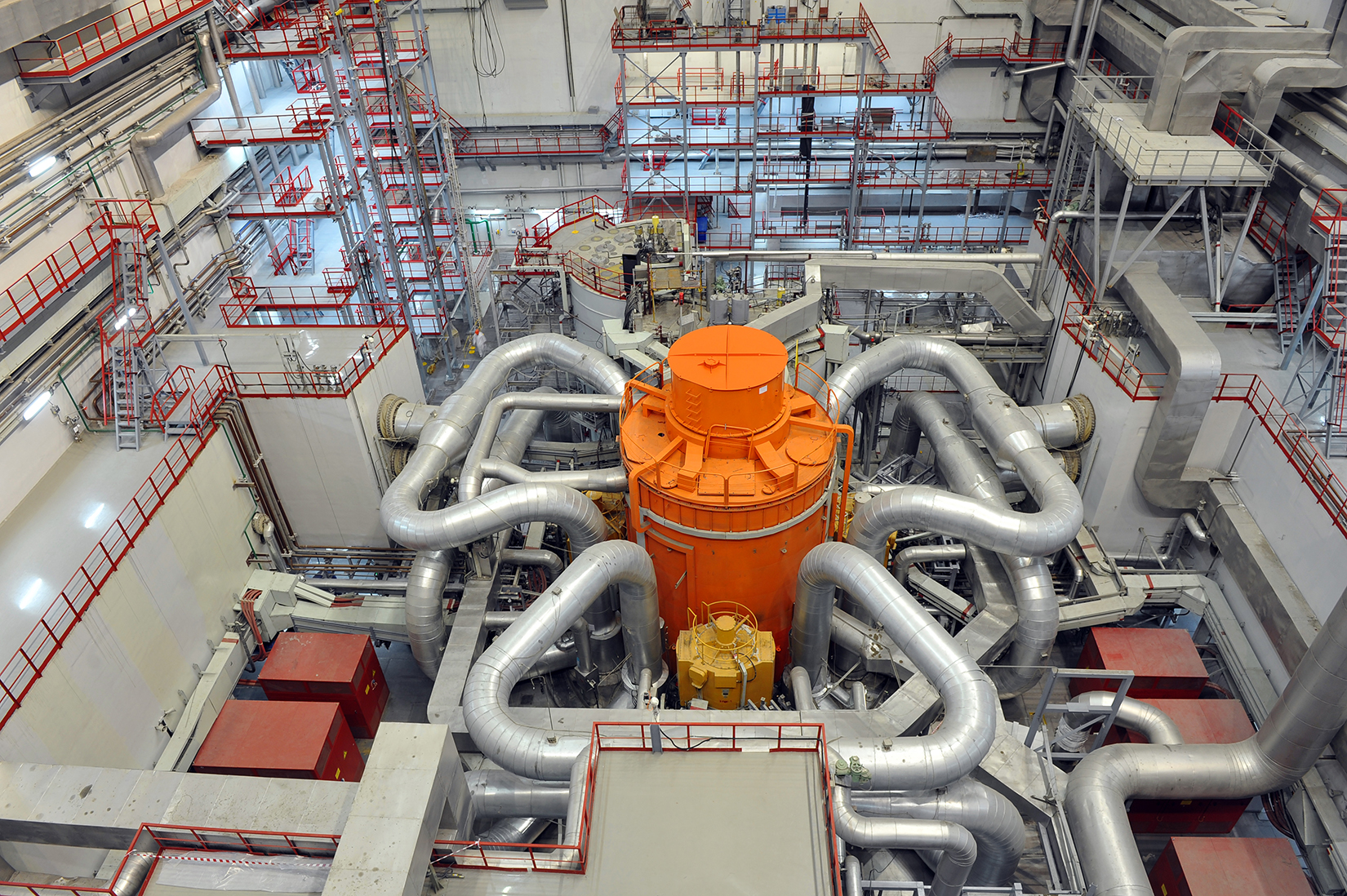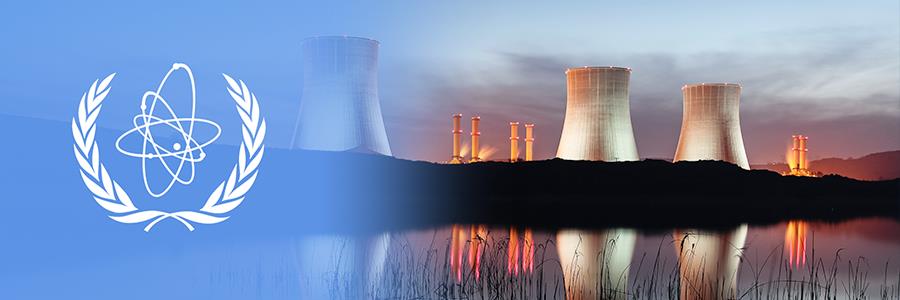The nuclear industry could benefit from a new generation of reactors designed to create inherently safer and more efficient nuclear power plants. These reactors may contribute to the development of more sustainable nuclear energy and may also be used in a variety of industrial applications.
Advanced reactors with unique performance and safety features
The next generation of reactors are made to meet several benchmarks in performance, safety and reliability. Small modular reactors (SMRs), for example, are advanced reactors that can generate up to 300 MW of electricity and whose parts can be transported to installation sites as prefabricated modules.
“Thanks to their prefab construction model and their smaller size, the capital cost is lower for SMRs than for the typical large reactors currently under construction or in operation,” said Stefano Monti, Section Head for Nuclear Power Technology Development at the IAEA. “The construction period is also expected to be shorter as the modules are prefabricated and then brought to the installation site for construction. SMRs are also inherently much less prone to severe accidents, as they are designed to have reduced core damage frequency.”
With these advanced reactor designs comes the possibility of an expanded role for nuclear energy. So far, nuclear energy has primarily been used for electricity generation, but there is a wide variety of other, non-electric applications for which the new generation of reactors could be well suited.
“The benefits of nuclear energy should not be limited to electricity production, but should also target other applications, such as heat production,” said Francois Gauché, Chair of the Gen IV International Forum Policy Group and Nuclear Energy Director at the French Alternative Energies and Atomic Energy Commission. “The concept of small modular reactors is that smaller units, modular construction, simplified design and demonstrated safety are sought in order to add flexibility and make the investment decision easier.”
Several countries are in the process of developing and designing the next generation of reactors, and construction has already begun on four SMRs in Argentina, China and Russia.

Innovative reactors for sustainable energy
The most advanced gas-cooled reactor to date, the High-Temperature Reactor-Pebble-bed Module (HTR-PM), is currently under construction in China. This modular reactor is designed to optimize energy efficiency and is ideal for adding small incremental capacity to power grids, said Yuliang Sun, Deputy Director and Deputy Chief Engineer at Tsinghua University’s Institute of Nuclear and New Energy Technology. This reactor type is also well suited for the application of power and heat co-generation, in particular for heat application at higher temperature levels.
An integrated pressurized water reactor (PWR), the CAREM, is in the works in Argentina. It is scheduled to come online by the end of 2018. The design of this SMR incorporates safety elements which do not require input from reactor personnel, including the capability to automatically shut down if a problem with the reactor is detected.
A very particular case is KLT-40S, a floating power reactor under construction in Russia. This reactor type has potential applications in heating and electricity and in power supply to isolated consumers in remote areas. The RITM-200, also under construction in Russia, is intended for marine propulsion of an icebreaker ship, but it can also be used as a land-based or barge-mounted SMR for heat and electricity.
Fast reactors for more efficient nuclear energy
Fast reactors are designed to produce as much as 60 to 70 times more energy from uranium than the current generation of thermal reactors. By recycling spent fuel and utilizing “fast” neutrons (neutrons produced by fission which are not slowed down by a moderator), these reactors are highly efficient, produce far less nuclear waste, and may have great potential for non-electrical applications of nuclear energy, particularly for industrial processes.
The only fast reactor currently used in commercial operation is the Russia BN-800 reactor. Connected to the grid in December 2015, it runs on mixed oxide fuel and has advanced safety characteristics. The BN-800 is also highly fuel efficient.
“The BN-800 reactor is another step towards a full commercialization of fast reactors, which will be able to compete with PWRs on cost,” said Vyacheslav Pershukov, Deputy Director General at Rosatom.
The IAEA has been supporting the progress of these innovative technologies, in particular by hosting a series of conferences on new reactor technologies for sustainable development. In June 2017, the IAEA held the third iteration of the International Conference on Fast Reactors and Related Fuel Cycles in Yekaterinburg, Russia. These events bring together a wide range of professionals in this field to discuss how best to apply new reactor designs to providing clean and sustainable energy.
New designs that help overcome challenges
Though SMRs may provide numerous benefits, there are still some challenges associated with their implementation. “As advanced SMRs have yet to be deployed, a regulatory infrastructure for these reactors has yet to be consolidated,” Monti said. “Another challenge is to have a single control room for all modules in an SMR facility. This has not been done before, and if successful, could help streamline reactor operations.” He added that though licensing of SMRs could take longer initially, this process should be sped up considerably once a regulatory framework is well established.
Original source: IAEA
Published on 16 November 2017

